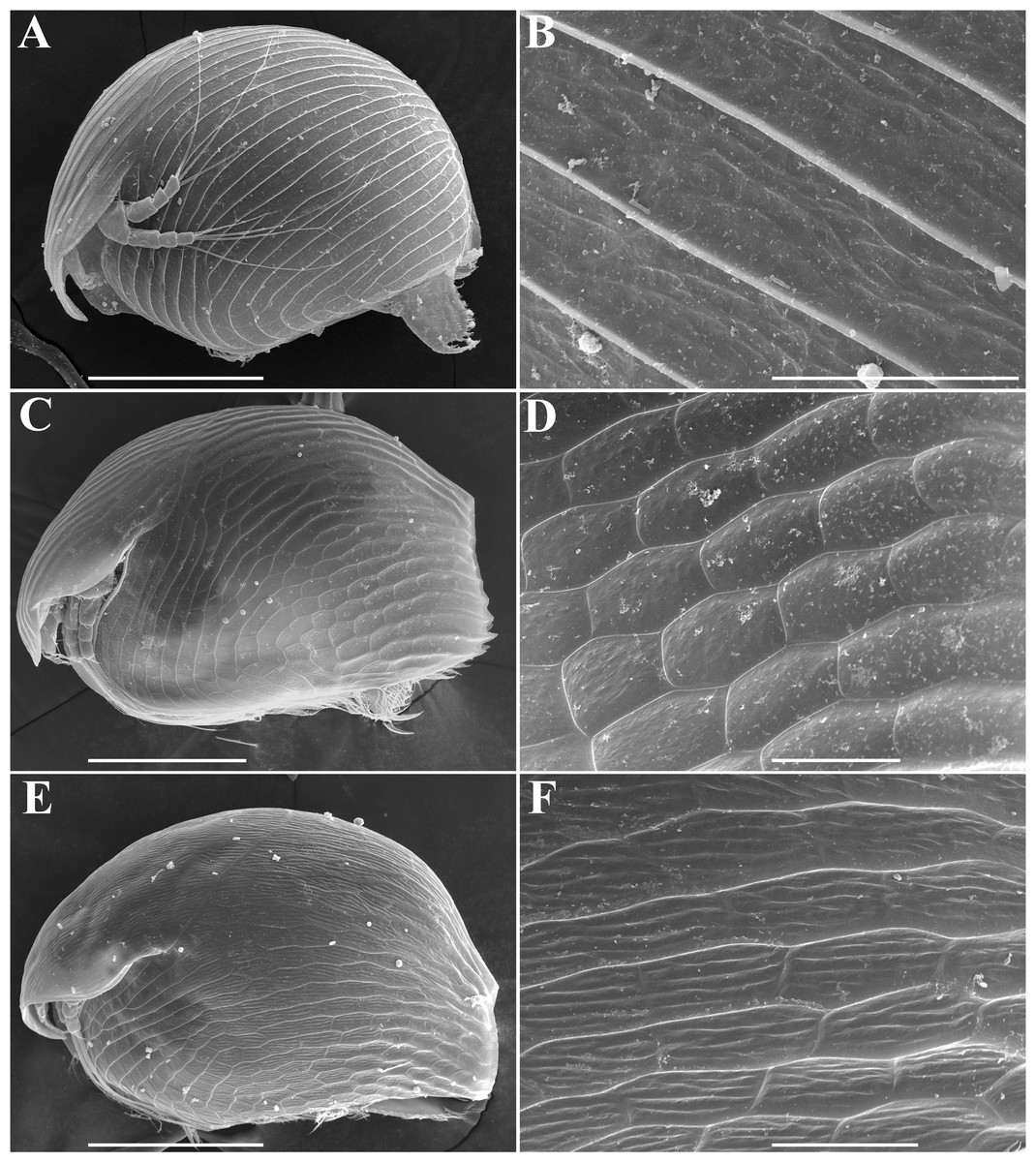
Scientists from the Severtsov Institute of Ecology and Evolution of the Russian Academy of Sciences, together with colleagues, conducted a large-scale study of the smallest cladocerans belonging to the genus Alonella. A detailed study of these crustaceans has shown that many of their genetic lines exist all over the world, most likely as separate species. Studies of the diversity of these animals are pertinent since planktonic crustaceans are food for a very large number of commercial freshwater fish. The results of the work, supported by a grant from the Russian Science Foundation, are published in the scientific Internet portal PeerJ.
Water bodies around the world are home to small, almost imperceptible planktonic crustaceans. Today there are more than 850 species of crustaceans, differing in habitat, feeding method, structure. On average, the body length of these animals ranges from 0.2 to 12 millimeters, depending on the species. Their tiny size complicates the work of scientists, so these crustaceans have been very poorly studied. However, research on animal diversity continues due to its importance - planktonic crustaceans are a food source to a very large number of commercial freshwater fish.
Russian scientists from the Severtsov Institute of Ecology and Evolution of the Russian Academy of Sciences (Moscow), who study cladocerans, have studied the smallest of them, representatives of the genus Alonella, for a long time. These crustaceans are found mainly in the Northern Hemisphere. Thanks to international cooperation, biologists have been able to conduct a large-scale study of samples from different countries, including Ethiopia, South Korea and Mongolia.
The plankton were collected with small nets. To accurately identify groups of crustaceans and separate them by common properties and characters (taxa), all samples were examined under a light microscope. Then, if representatives of Alonella were found in the samples, they were additionally examined under an electron microscope. A more detailed study took place at the level of DNA analysis. The polymerase chain reaction made it possible to significantly increase the number of copies of the studied fragment. When comparing certain sections of DNA, we found traits characteristic of individual genetic groups separated by their habitats.
With the obtained data, scientists have established the existence of 12 genetic groups of Alonella, each of them subsequently denominated with a letter of the Latin alphabet. The analysis showed that, for example, individuals belonging to the J group are characteristic only of the Ethiopian Bale mountains, while the crustaceans belonging to the D group are distributed throughout the Palaearctic from the European part of Russia to Kamchatka. The study also managed to establish several cases of transcontinental distribution of groups: for example, group A, characteristic of the European part, is also common in North America.
“This is due to the fact that in the recent past, these two continents were connected by a vast" bridge "- Beringia, - which played an important role in the history of the dispersal of some organisms. For the most part, some species are localized in a small area. The IEE RAS team continues to study other groups of cladocerans from Russia and various regions of the world. Perhaps the patterns we have identified are also typical for other freshwater animals,” says Aleksey Kotov, Doctor of Biological Sciences, Corresponding Member of the Russian Academy of Sciences, Professor of the Russian Academy of Sciences, project manager under a grant from the Russian Science Foundation, chief researcher at IEE RAS.
Picture: Alonella females identified by morphological characteristics. Source: Neretina et al. / PeerJ, 2021
Materials:
ТАСС: "Генетическое разнообразие ветвистоусых рачков оказалось шире, чем считалось ранее"
Газета: "У крошечных ветвистоусых рачков оказалось больше генетических линий"
Indicator: "У крошечных ветвистоусых рачков оказалось больше генетических линий, чем считалось ранее"
